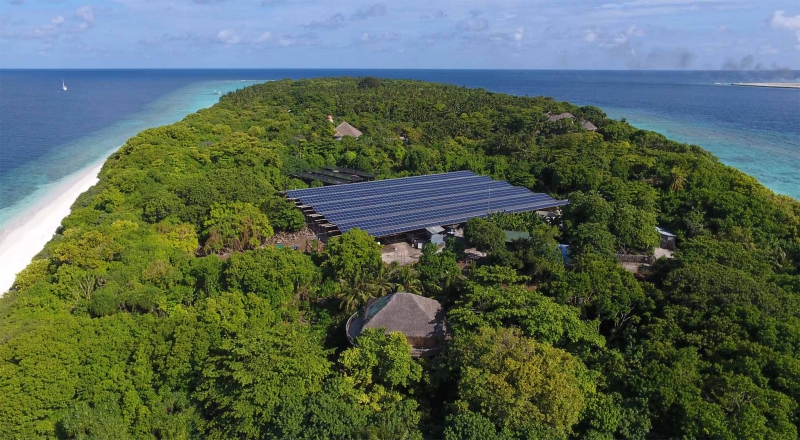Apr 24, 2020
A hospital in Victoria, Texas, will announce the opening of a new microgrid that may be the first medical microgrid to come online during the COVID 19 pandemic.
The timing was accidental, of course -- citizen medical center announced plans to install a 2.8-megawatt microgrid long before the pandemic, about a year ago, spurred on by another disaster, hurricane Harvey.
But the project is notable because it will raise concerns at a time when the microgrid debate over key facilities such as hospitals, community shelters, grocery stores and data centres is likely to intensify. In places where a pandemic puts enormous pressure on these facilities, power outages can be catastrophic, especially if utilities are thinly spread.
When Harvey struck Texas in August 2017, citizens learned what it was like to have only emergency generators facing power outages. Standby systems provide just enough capacity to support the critical loads needed for equipment, life safety and regulatory compliance -- a common situation in hospitals. As a result, hospitals had to evacuate patients.

The new natural gas microgrid, built in partnership with Enchanted Rock, a texas-based company, will keep the hospital fully powered during a grid failure.
The project also provides hospitals with cost and environmental benefits.
The healthcare microgrid will operate under Enchanted Rock's resiliency a s-a-service service, which allows the host to pay a small percentage of the cost of fully owning the microgrid. For this device, citizens paid only 20 percent of the total cost of ownership.
Enchanted Rock was able to do this because it used microgrids to power the hospital when it didn't need backup power. The company integrates microgrid systems and sells their output to the grid to earn revenue that subsidizes the cost of the system.
The environmental advantage comes from replacing diesel as a backup fuel with natural gas, which is hundreds of times cleaner than diesel in terms of emissions from all components.
How Do Solar Panels Help The Environment?
Nov. 23, 2021
Follow Us
Navigation